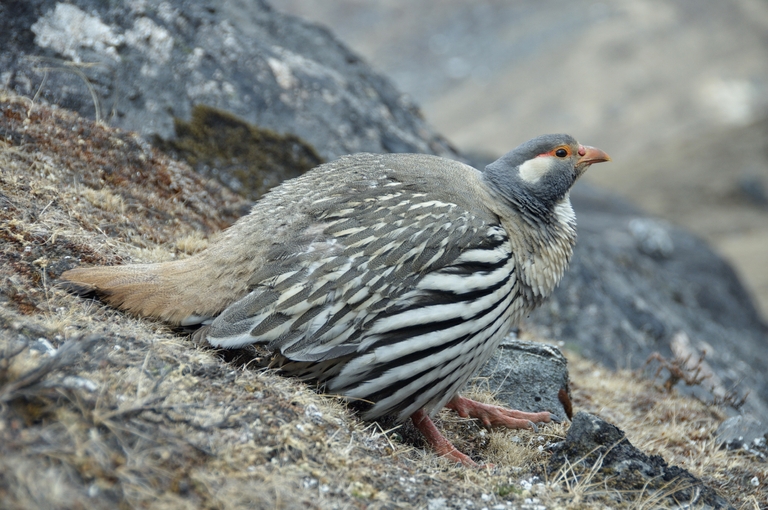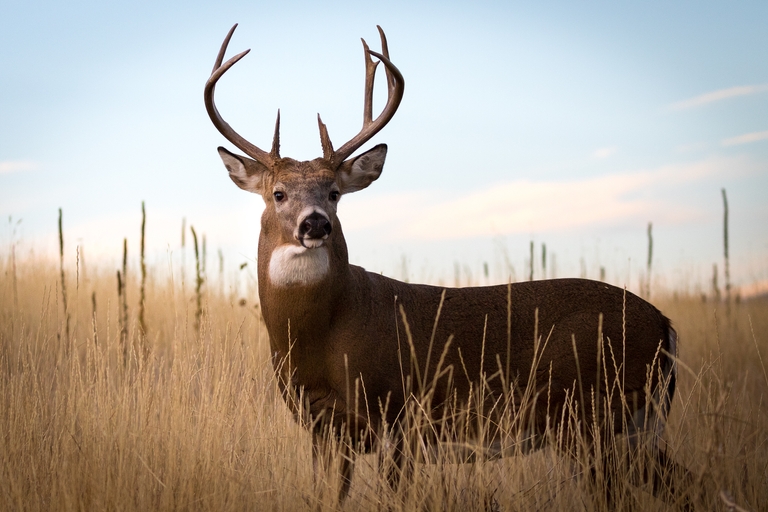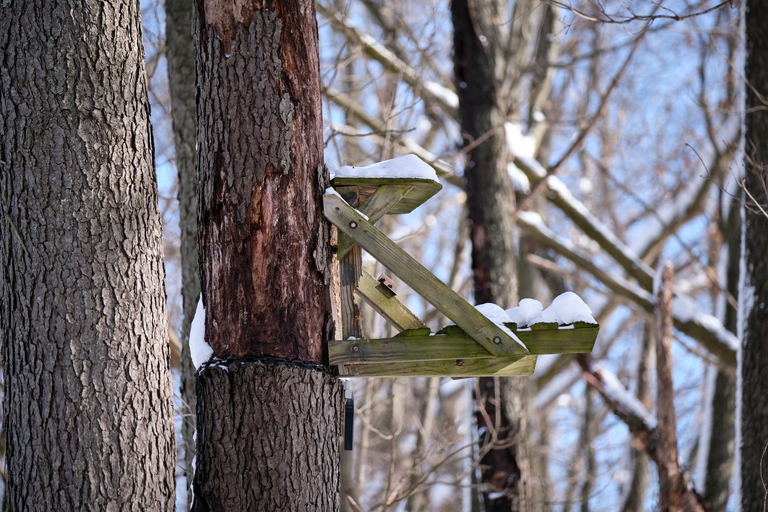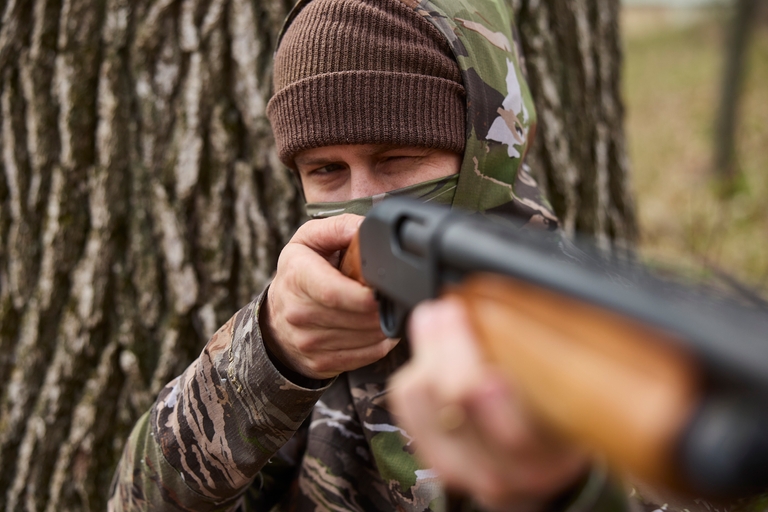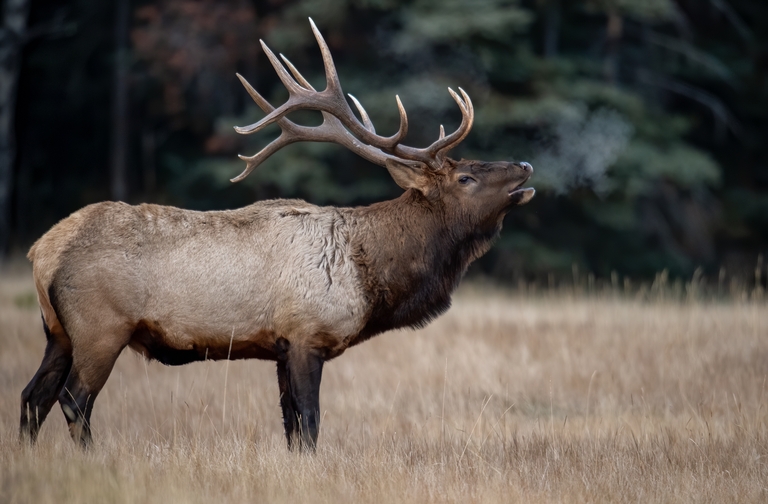Tips and Tricks for Field Dressing a Deer

When I talk to someone preparing for their first deer hunt, one question pops up more than any other. They ask about field dressing a deer.
First-time hunters want to learn how to preserve their meat, prevent spoilage, and start processing a deer. Field dressing is intimate and primal, and it's normal to feel unsure if you've never done it before.
Whether you're just getting into hunting and tagging your first whitetail or just needing a refresher, don't worry. We'll walk you through the steps, gear, and hunting safety tips you'll need to get the job done safely and correctly.

What Is Field Dressing and Why Do It?
Once the deer is down, you'll be removing the internal organs. It cools the meat quickly and prevents bacteria from taking hold. It's the first and most important step toward keeping your venison fresh and safe to eat.
Timing is key. The faster you dress the animal after the shot, the better your results.
Warm temperatures can turn good meat rotten in a hurry. That's why hunters bring their gutting tools into the field every time.
Field dressing is a responsibility we have as hunters. We owe it to the animal to process the meat respectfully and efficiently when the hunt ends.
What Gear Do You Need?
You don't need a huge kit to get started, but a few basic items make the job smoother and safer.
Here's what you'll need:
- A sharp field knife (a gut hook helps)
- Disposable gloves
- Game bags or a tarp to lay the animal on
- Paracord (optional for hanging or positioning)
- Paper towels or unscented wipes
- Zip ties or your tag for proper identification
Pack this gear in a small field bag or your hunting vest. Having it ready saves time and keeps you from improvising with the wrong tools in the moment.

Safety Must Come First
Before we get into the step-by-step breakdown, here's what we always emphasize during hunter education courses: Stay safe.
Here are a few safety tips to keep in mind when learning how to field dress a deer for beginners:
- Cut away from your body, not toward it.
- When reaching inside the cavity, be aware of the knife tip.
- Wear gloves for safety and to make cleanup easier.
It doesn't take long to gut a deer, but one wrong move with a knife spells disaster in the woods. Stay alert, and don't rush.

Step-by-Step: How to Field Dress a Deer for the First Time
Let's walk through the basics in order. If it's your first time, take it slow. You'll get faster with experience.
1. Tag the Deer
Before anything else, tag the animal according to your state's regulations. By law, you'll do this in most places before any processing begins. Carry your tag or license with you to avoid legal trouble.
2. Position the Deer
Lay the deer on its back with the head slightly uphill if possible. Spread the hind legs apart for a better view and easier access.
I find paracord very useful here. Tie one leg up to a branch or something.
3. Make the Initial Cut
Using your field knife, make a shallow incision just above the pelvis. Cut upward along the belly toward the sternum. Don't go deep; your goal is to stay above the organs to avoid puncturing them.
I prefer a gut hook here. It slices through skin quicker than the finger-on-a-knife method without going too far inside. Not everyone prefers gut hooks, but first-timers should use one.
4. Avoid the Urinary Tract and Stomach
As you expose the cavity, take extra care around the bladder and stomach.
If punctured, they'll leak fluid and smell pretty bad — but don't panic if it happens. Everyone has done it. Just clean up your hands and continue on.
5. (Optional) Open the Chest Cavity
It helps open the diaphragm and split the sternum to cool the meat in warmer conditions. Some hunters carry a small bone saw for this step, but I use a fixed-blade knife and rip the ribs straight up.
6. Remove the Organs
Cut the diaphragm and reach into the chest cavity to locate the esophagus. Use your knife to cut it free, then begin gently pulling the organs out in one smooth motion.
Work slowly and steadily. Most organs will come together if you've loosened everything properly. If something feels stuck, check for connective tissue you may need to cut.
7. Drain and Cool the Cavity
After the organs are out, tilt the animal slightly to drain. You can use a stick or branch to prop open the body cavity, which helps airflow and cooling.
Consider quartering the deer and placing the meat in game bags if you're far from your vehicle.

First-Time Tips and Tricks
Field dressing a deer gets easier with experience, but everyone starts somewhere.
Here are a few simple tips to keep in mind, especially if you're new to this:
- Watch tutorials: Seeing someone else do it can make a big difference.
- Don't rush: You've got time to do the job right.
- Trust your nose: If you nick the stomach or intestines, you'll smell it. It's not ideal, but it happens.
- Practice builds confidence: Every deer you dress teaches you something.
You can also tag along with an experienced hunter on one of their hunts and see how they field dress after a kill shot.
What to Do Next
Once your deer is field-dressed, you still have some things to do.
Here's what's next:
- Transport the whole deer or quarters out of the field as soon as possible.
- Move the meat to a cooler or store it in a cold area.
- Skin and butcher the deer at your house or take it to a processor for custom cuts and packaging.
Field dressing is just the first step in turning a successful hunt into high-quality meat you can enjoy for months.

Common Mistakes to Avoid
Even experienced hunters make mistakes while field dressing a deer, but here are a few common mistakes:
- Cutting too deep: This leads to puncturing internal organs.
- Waiting too long: Gut the deer quickly in warm temperatures.
- Forgetting gloves: This makes the job harder.
- Not tagging the deer: A costly mistake that can lead to fines.
Thinking about these things ahead of time is the best approach to ensure you don't miss any important aspects of proper field dressing.

Be Safe When Field Dressing a Deer
Learning how to field dress a deer for the first time is a rite of passage. And while the process can feel intimidating at first, it's nothing you can't handle with the right knowledge.
We all once stood where you'll be standing — knife in hand, deer on the ground, heart pounding a little. Just do what you can now to learn, and it will come naturally when the time comes. And remember to put safety first when handling knives and meat in the field.
If you're new to hunting or just want to sharpen your skills, we highly recommend taking a hunter safety course through Hunter-Ed. It's a great way to build confidence, stay safe, and become a more responsible part of the hunting community.
Our courses are state-specific, state-approved, and count toward the hunter education requirement in your state!
So, get ready for fall hunts now by taking the course for your state.

